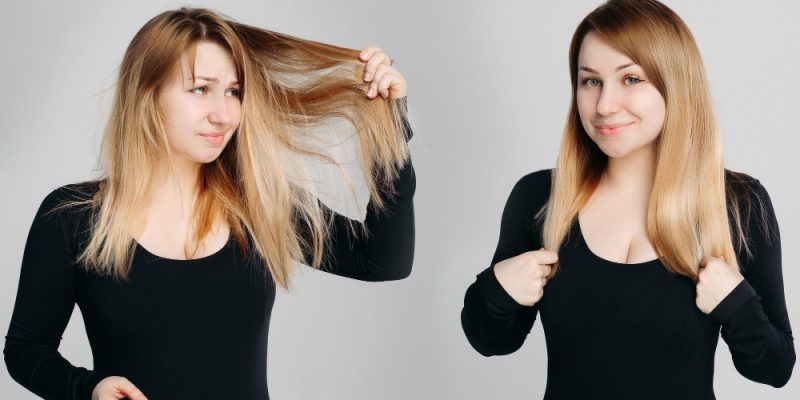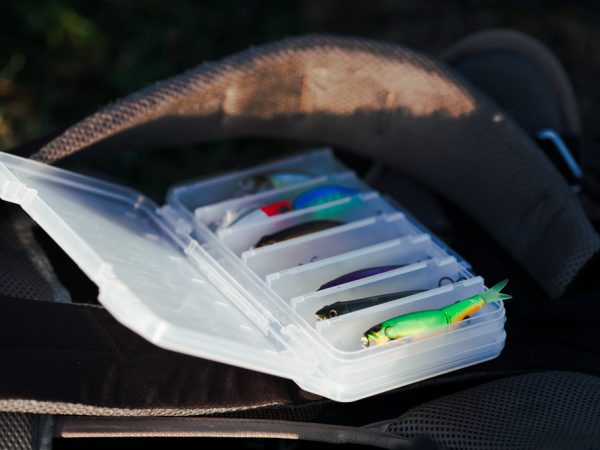Thick vs Thin Hair: Key Differences and How to Care for Each Type

Every person’s hair is unique, but one of the biggest distinctions lies in its thickness. Whether you have thick, full strands or fine, delicate ones, understanding your hair type is essential for keeping it healthy and beautiful.
The difference between thick and thin hair isn’t just about how much hair you have—it’s about the diameter of each strand, the density on your scalp, and how your hair behaves. These factors determine how your hair reacts to heat, humidity, styling products, and even your haircut.
In this guide, we’ll explore the key differences between thick and thin hair, how to identify your type, and the best care routines for each so you can get the most out of your natural texture.
Understanding Hair Thickness
When we talk about “thick” or “thin” hair, we’re really referring to two things: strand thickness and hair density.
- Strand thickness describes how wide each individual hair is.
- Hair density refers to how many strands you have per square inch of your scalp.
You can have fine strands but high density (a lot of hair packed together) or thick strands with low density (fewer hairs, but each one is strong). Understanding this difference helps you choose the right products and styling techniques.
Characteristics of Thick Hair
Thick hair means each strand has a larger diameter, giving it a stronger, fuller appearance. It’s usually the type most people associate with volume and body.
Common traits of thick hair include:
- Feels coarse or heavy to the touch.
- Appears dense even without styling.
- Takes longer to dry after washing.
- Can resist heat styling or chemical treatments.
- More prone to frizz due to larger cuticle layers.
While thick hair often looks luscious, it can also be difficult to manage, especially in humid weather or when it needs extra moisture.
Characteristics of Thin Hair
Thin hair, on the other hand, has a smaller strand diameter, which makes it more delicate and often lighter in appearance.
Common traits of thin hair include:
- Feels soft, smooth, and fine to the touch.
- Appears flat or lacks volume.
- Dries quickly after washing.
- May get oily faster due to fewer cuticle layers.
- Can be easily damaged by heat or harsh styling.
Thin hair can look silky and beautiful when cared for properly, but it needs gentle treatment and the right volumizing techniques to prevent limpness.
How to Tell If You Have Thick or Thin Hair
If you’re not sure whether your hair is thick or thin, try this simple test:
Take a single strand between your fingers. If you can barely feel it, you likely have thin hair. If it feels sturdy or wiry, your hair is thick.
You can also look at your ponytail. If the base of your ponytail feels large and full, you probably have thick hair. If it feels small or lightweight, your strands are thinner.
Knowing your hair type helps you select the right brushes, shampoos, conditioners, and heat settings to maintain its natural beauty without overworking it.
Common Challenges for Thick Hair
Thick hair can be stunning, but it also comes with its share of challenges.
- Dryness: The natural oils from your scalp may not easily coat each strand, leaving the ends dry.
- Frizz: The larger strand size makes thick hair more prone to humidity-related frizz.
- Bulkiness: Too much volume can make your hair feel heavy or hard to style.
- Long drying time: Blow-drying can take significantly longer and may require higher heat.
Tips for managing thick hair:
- Use moisturizing shampoos and conditioners that soften and smooth.
- Deep-condition weekly to maintain hydration.
- Detangle using a wide-tooth comb to prevent breakage.
- Choose layered haircuts to remove excess weight and add movement.
- Finish with anti-frizz serums or lightweight oils to smooth the surface.
With proper care, thick hair becomes shiny, manageable, and full of life.
Common Challenges for Thin Hair
Thin hair, while soft and manageable, often struggles with volume and strength.
Typical challenges include:
- Limpness or lack of body: Thin hair can fall flat easily.
- Oily scalp: Natural oils travel faster along fine strands.
- Breakage: Fine strands are fragile and can snap when brushed aggressively.
- Scalp visibility: In some lighting, thin hair may appear see-through.
Tips for caring for thin hair:
- Use lightweight volumizing shampoos and conditioners that won’t weigh your hair down.
- Avoid heavy oils, waxes, or silicone-based products.
- Blow-dry with your head upside down to create lift.
- Apply mousse or dry shampoo at the roots for added texture.
- Trim regularly to maintain shape and prevent split ends.
The goal is to give thin hair body and structure without adding heaviness or buildup.
Styling Tips for Thick vs Thin Hair
Your hair’s texture determines not only which products to use but also how to style it for best results.
For Thick Hair:
- Use larger barrel curling irons or flat irons to shape curls and waves smoothly.
- Apply heat protectant sprays to prevent dryness.
- Opt for sleek ponytails or braids to control volume and frizz.
- Try smoothing treatments or keratin products for a polished look.
For Thin Hair:
- Use smaller barrel curling irons or rollers to add bounce and fullness.
- Blow-dry using a round brush to lift roots.
- Tease lightly at the crown for instant volume.
- Use texturizing sprays or sea salt sprays to enhance thickness and grip.
The secret is to enhance your natural texture rather than fight it—embracing your hair’s personality while giving it structure and shine.
The Right Hair Products for Each Type
Choosing the right products can completely transform how your hair looks and feels.
For Thick Hair:
- Look for sulfate-free shampoos that cleanse without stripping oils.
- Use rich conditioners with shea butter, argan oil, or coconut oil.
- Apply leave-in conditioners to prevent tangling.
- Avoid heavy styling creams that create buildup.
For Thin Hair:
- Choose lightweight, volumizing shampoos and conditioners.
- Use root-lifting sprays or foams for body.
- Avoid heavy oils that can weigh hair down.
- Use dry shampoo between washes to keep hair fresh and bouncy.
Tailoring your products to your hair type helps maintain balance—hydration for thick hair and volume for thin hair.
Best Haircuts for Thick and Thin Hair
The right haircut can dramatically improve how your hair behaves and looks.
For Thick Hair:
- Go for long layers to add movement and reduce bulk.
- Textured cuts help distribute weight evenly.
- Face-framing layers create softness without heaviness.
- Avoid blunt cuts that make hair look overly dense.
For Thin Hair:
- Short to medium lengths often make hair appear fuller.
- Add subtle layers for volume and shape.
- Bob or lob cuts give an illusion of thickness.
- Avoid heavy layering, which can make ends look sparse.
A good stylist will tailor your haircut to your texture, making styling effortless and enhancing your hair’s natural flow.
Conclusion
Thick and thin hair both have their unique beauty and challenges. The key to keeping your hair healthy and stylish lies in understanding your texture, using the right products, and choosing the right styling techniques.
Thick hair needs moisture, weight control, and smoothing treatments, while thin hair benefits from lightweight volume and strengthening care.
By embracing your natural texture and caring for it properly, you can achieve the hair you’ve always wanted—shiny, healthy, and full of life, no matter where you fall on the thickness spectrum.
FAQs
1. Can thick hair turn thin over time?
Yes, factors like aging, hormonal changes, stress, or certain medications can cause hair to thin gradually. Maintaining a balanced diet and using strengthening treatments can help minimize loss.
2. How often should I wash thick or thin hair?
Thick hair can be washed 2–3 times a week since it’s less prone to oil buildup. Thin hair often benefits from more frequent washing (every other day) to maintain volume and freshness.
3. Is heat styling bad for thick or thin hair?
Excessive heat damages both types. Thick hair can handle higher temperatures but still needs heat protection. Thin hair requires lower temperatures and minimal exposure.
4. What hairstyles suit thin hair best?
Short to medium cuts, layered bobs, or wavy styles add fullness and body. Avoid overly long styles, which can make hair look flat.
5. How can I add shine to thick or thin hair?
For thick hair, use smoothing serums or oils. For thin hair, opt for lightweight gloss sprays or shine-enhancing mists that won’t weigh strands down.
Also read: Hair Texture Guide with Curling Iron Pictures: Get the Perfect Curls Every Time











